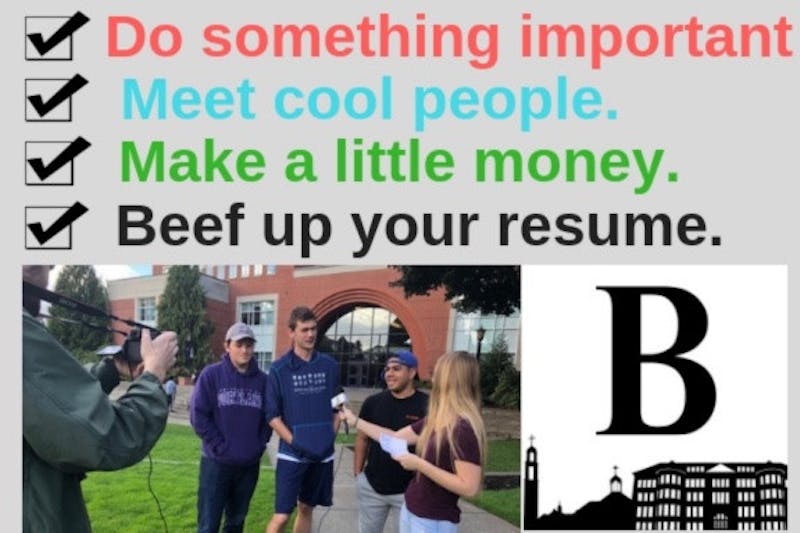When TikTok was threatened with a ban in the United States just a short time ago, I was filled with unfathomable joy, if only for a short time. But among the many reasons not to be a fan of the app, mine might be unusual.
Rather than concerns about privacy threats, my gripe with TikTok lies in a problem I wish I had termed myself: “TikTokification.”
TikTokification refers to songs achieving sudden popularity. Typically, only a short clip of the track becomes widely circulated, and the entire song’s essence becomes attached to it.
I am firmly against gatekeeping music, and I believe if you are annoyed when an artist you like gains popularity and support through TikTok, then you were never truly a fan. As an artist myself, I feel thankful that something like TikTok exists because overlooked but incredibly talented artists can now distribute their music to a global audience in ways almost unimaginable at any other point in history.
But the real problem with TikTokification is that it reduces full-length songs — honestly developed artistic creations — into mere clips typically around only 10 seconds. That’s not what art should be.
If you studied just a square foot of a wall, could you ever truly appreciate or understand the mural that takes it up? Of course not. So, how can you condense a creation into a fraction of itself and claim to love it?
For example, one of my favorite artists, the once-in-a-generation Steve Lacy, has been a victim of TikTokification.
In my eyes, everything he touches turns to gold, and to this day, I cannot believe produced Kendrick Lamar’s “Pride,” among so many others, on an iPhone 6. This is why I found it so disheartening a few years back when a video came out revealing a crowd of his fans unable to recite any other lyrics from his mega-hit “Bad Habit” apart from the hook — the part commonly used in clips on TikTok.
As TikTok forms a crossroads between social media and music streaming services, this problem reflects how these platforms, like Spotify, have contributed to our shrinking attention spans, creating a barrier to appreciating not just full-length songs but long-form music media, namely albums.
One of my peers once said they had never listened to an album from front to back. To put it briefly, I was shocked.
Like most people, I listen to music separate from the album most of the time, typically in personalized playlists. But for me, it’s never more fun than listening to the songs within the context of the whole tracklist.
I try to place myself in the artist's mind to decipher why tracks are ordered the way they are, and that’s why I’m very meticulous in how I arrange my own. But I do not understand how someone could go about their life without listening, in full, to records like “Songs in the Key of Life,” “What’s Going On?”, “Promise” and “Thriller,” among countless others.
Artists work for hundreds to thousands of hours, sometimes taking years to complete a fully developed project that will stand the test of time. Listening to the album as the artist intended is the least a listener can do to respect this level of care.
Maybe I’m just old-fashioned, but the mass migration in focus from complete works to individual tracks makes me fear the death of the art form. If we continue to reduce music to 10-second clips that must be accompanied by a trendy video, then perhaps these fears will become reality.
However, even if music shifts from large-scale projects into short-form content, this doesn’t necessarily mean its quality must be sacrificed.
Many great artists create small-scale works with intense effort. As long as artists continue to take their art seriously and put 100% into their work, even if the artform is weakened, it will never truly die.
Kaeden Souki is a reporter for The Beacon. He can be reached at souki28@up.edu
Have something to say about this? We’re dedicated to publishing a wide variety of viewpoints, and we’d like to hear from you. Voice your opinion in The Beacon.








